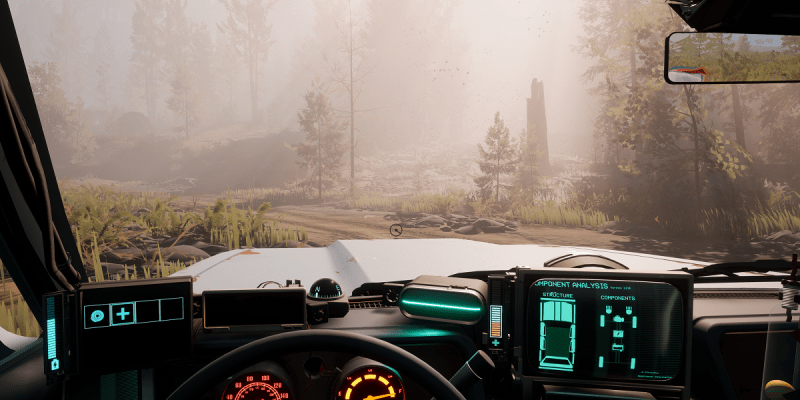That uneasy, soul-stirring feeling of not knowing permeates Pacific Drive, compelling you to peel back its layers to feed your curiosity about the unknown.
Here, you’re driving down asphalt roads with rustic cars in a station wagon, and just at the corner of your eye, mists teeming with electricity crackle back at you. Vermilion lines zig-zag during rainy nights as spikes rip and tear through the eerie glow. And while avoiding these hazardous anomalies, a paranormal storm dares to squeeze the world into nothing. It lights a flame underneath the driver’s seat, convincing you to cut your losses and get the hell out.
My mind would go from a walk to a dogged run while playing a preview build of Pacific Drive. It’s bizarre and spooky, yet is also enticing you with its deep mechanics and mysteries.
You’ll face supernatural dangers inside the Olympic Exclusion Zone, a walled-off area under threat by freaky phenomena, and all you have to defend yourself is a magical car slowly making you go crazy and a wealth of crafted tools and devices.
The station wagon and you are literally inseparable after (unwillingly) getting sucked into this zone that the government has tried to erase from history – go figure.
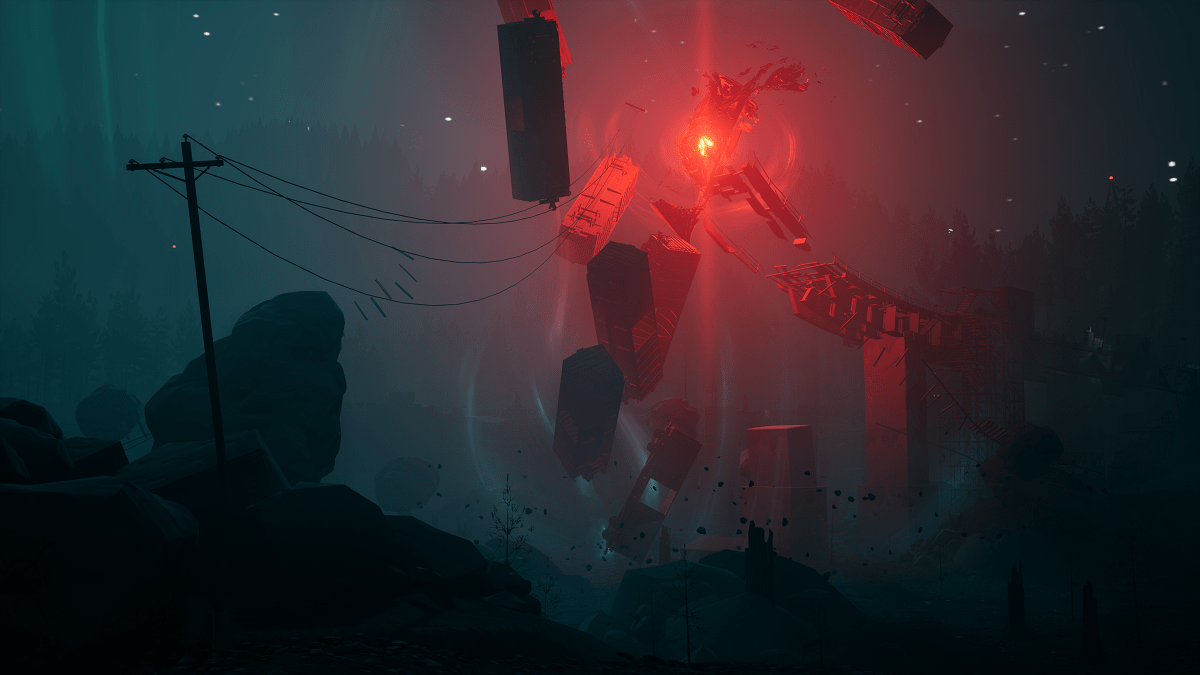
Related: Biggest Indie Games of 2024
Luckily, a few people on the inside will help you get acclimated over the radio, coaching you on how to craft car doors, fix a flat tire, and make tools to demolish objects for materials while exploring abandoned buildings. A workshop garage in the Olympic Exclusion Zone will act as your base where you can do this crucial car maintenance and more before heading out.
Furthermore, you can upgrade this space with devices that can dismantle busted-up gear for materials or style up the car with cosmetics however you want. Most importantly, you can access a Fabrication Station to research and unlock new crafting blueprints by spending paranormal energy acquired from venturing through zones.
There’s a lot to Pacific Drive, and the more I played, the more I felt the undercurrent of a roguelite formula cooking under the hood. You plan and customize as much as possible, then select a route to a destination with randomized areas, and at your heels will be the all-consuming storm threatening to end your run.
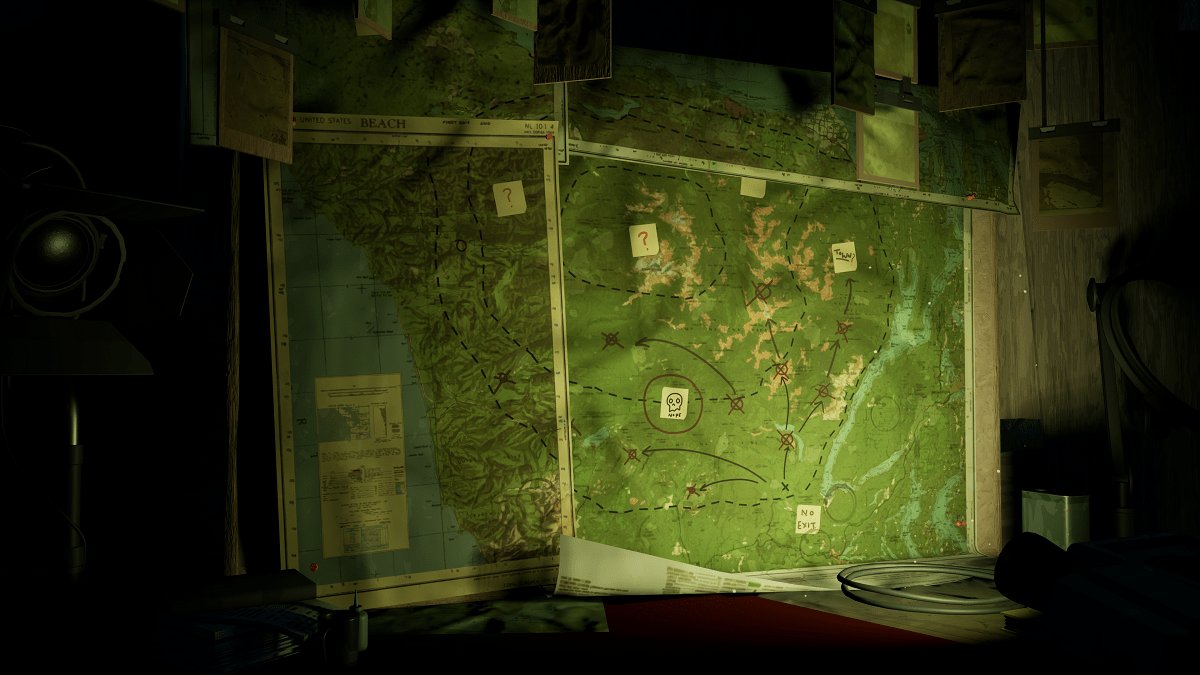
You can even pull the plug on your journey by finding Anchors to power your car’s ARC system and forcibly summon a warp home if things are too hectic. Whether intended or not, the core gameplay is absurdly strong and plays into that fantasy of choice with lasting effects and consequences.
To that same point, Pacific Drive has a meaningful progression loop closely tied to how you want to approach car maintenance, upgrades, and prep for long trips, giving you seemingly absolute freedom to decide what’s worth your attention.
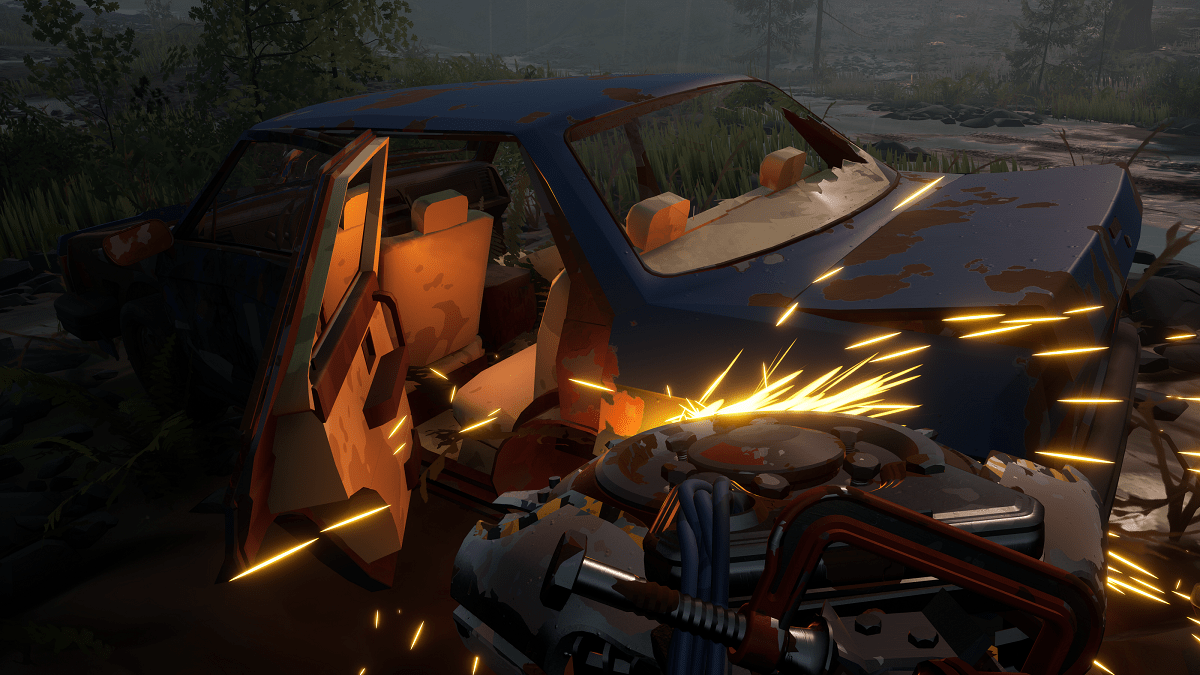
This also applies to exploration, forcing you to become picky about places to loot before the storm begins. You have to be wise about where you’re stopping your vehicle and conserve resources like gas and battery by turning things off before scavenging. There’s a step-by-step rhythm here to take advantage of the game’s subtleties, but honestly, I found some of this process more repetitive and drawn out than I’d like.
Much of my time while exploring boiled down to the same motions – drive a little, park, turn the car off, repeat – and little interaction with the dangerous abnormalities throughout environments besides scanning them for juicy lore. Admittedly, I only experienced the opening hours, and my build wasn’t the final product.
However, the game’s intention to split gameplay between car driving and scavenging outside of it seemed to struggle to harmonize into an exciting hook early on. It’s only after when things start opening up as you go further that everything begins to click a little.
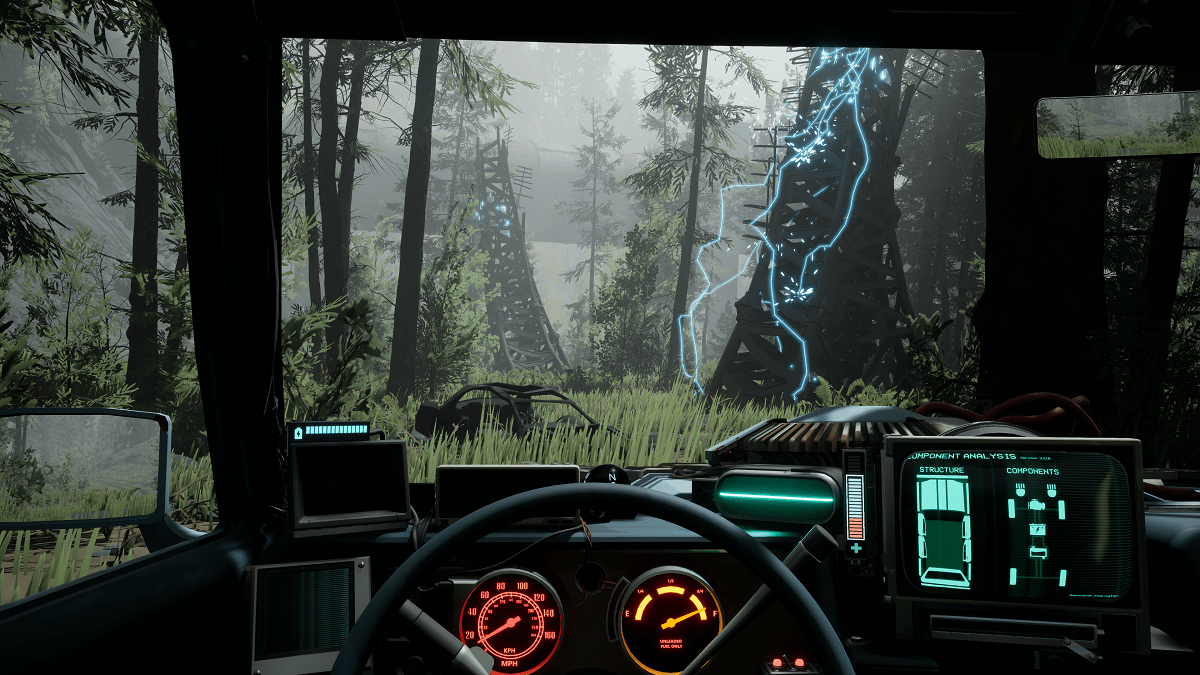
The bogged-down pace of tutorials may be the culprit since the beginning insinuates scavenging everything in sight and interacting with menus you don’t understand yet, which takes a while to build up toward more exciting scenarios. That said, Pacific Drive was still largely enjoyable.
By the end of my preview, things were starting to kick up a notch to where investing in upgrades mattered, and knowing when to call it quits could save you from losing valuable resources during a route. I have a sneaking suspicion Pacific Drive is far more wild way later, and I’m curious to see how the game will shine when everything is out to get you.
